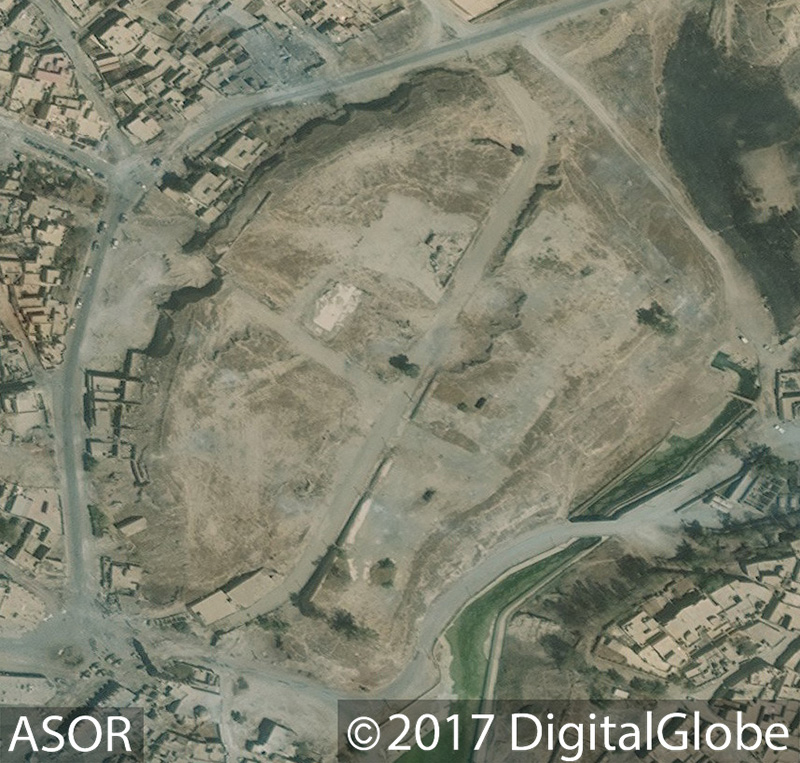

UPDATE: NINAWA GOVERNORATE
U. S. DEPT. COOPERATION AGREEMENT NUMBER: S-IZ-100-17-CA021
BY Kyra Kaercher, Susan Penacho, Jamie O’Connell, and Allison Cuneo
* This report is based on research conducted by the “Safeguarding the Heritage of the Near East Initiative,” funded by the US Department of State. Monthly reports reflect reporting from a variety of sources and may contain unverified material. As such, they should be treated as preliminary and subject to change.

Smoke rises above Tel Afar during operations to recapture the city from ISIS (Al Jazeera; August 24, 2017)
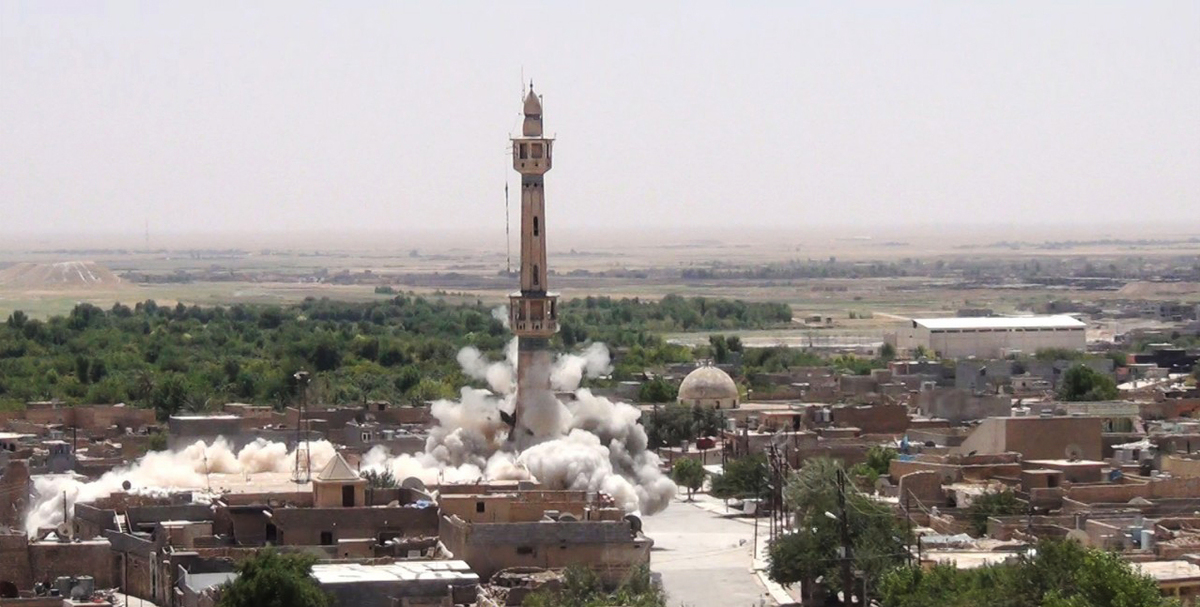
The intentional destruction of the Mosque of Sheikh Jawad al-Sadiq (AP; June 26, 2014)
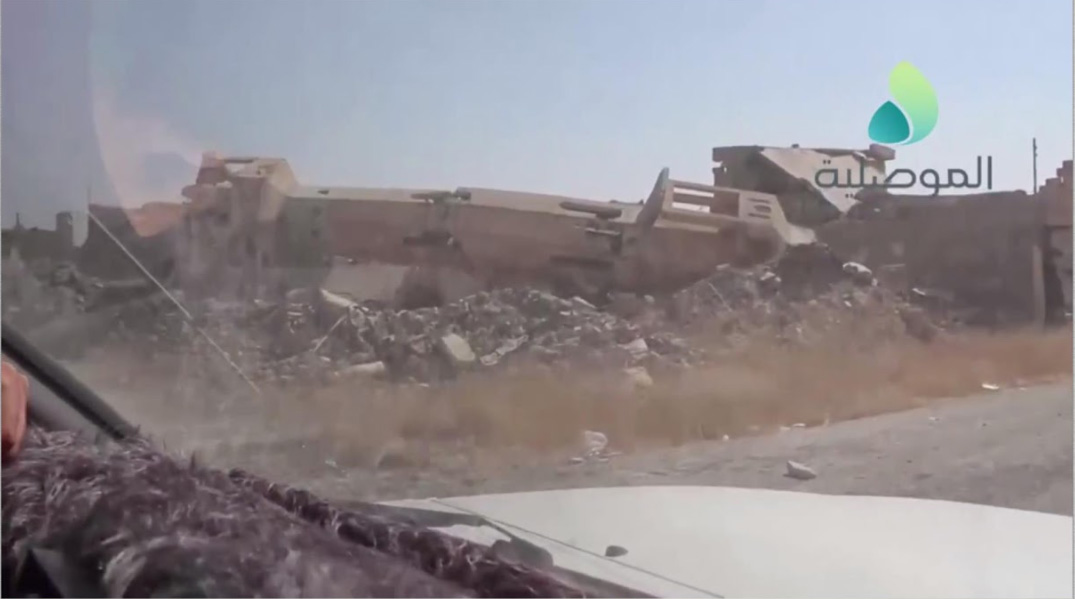
Minaret of the Mosque of Sheikh Jawad al-Sadiq lying among the ruins of the mosque (al-Mosuliya; August 30, 2017)
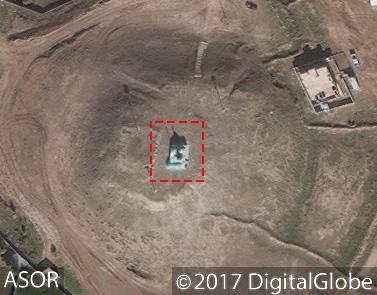
Khider al-Elias Shrine before its destruction (DigitalGlobe NextView License; January 8, 2014)
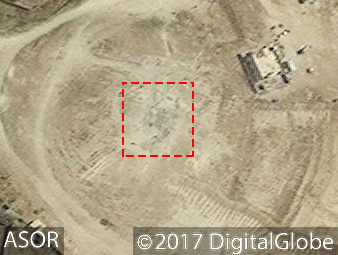
The complete destruction of the shrine. (DigitalGlobe NextView License; July 4, 2014)
In Tal Afar, historical places were targeted by ISIS alongside religious heritage. The Tal Afar Citadel, built upon a 11,000 year old pre-Islamic tell and a possible Assyrian fortress, is an Ottoman castle occupied between approximately 1500–1900 CE. Previously the citadel was used as the headquarters of the municipal council and local police after the 2003 US-led invasion. After the capture by ISIS, the citadel was repurposed as Sharia court and prison. The citadel was used as a prison for women, mainly Yazidi and Christian women waiting to be sold to ISIS militants; following its capture from ISIS, Iraqi forces found chains and other restraints used on prisoners. The historical structure itself was also intentionally damaged. On December 31, 2014 ISIS militants detonated bombs planted in the northern and western citadel, and it was reported that ISIS had tunneled into the mound to gather antiquities.
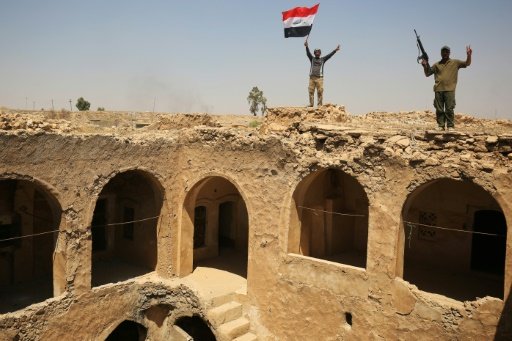
Iraqi forces stand atop the Citadel (France 24; August 28, 2017)
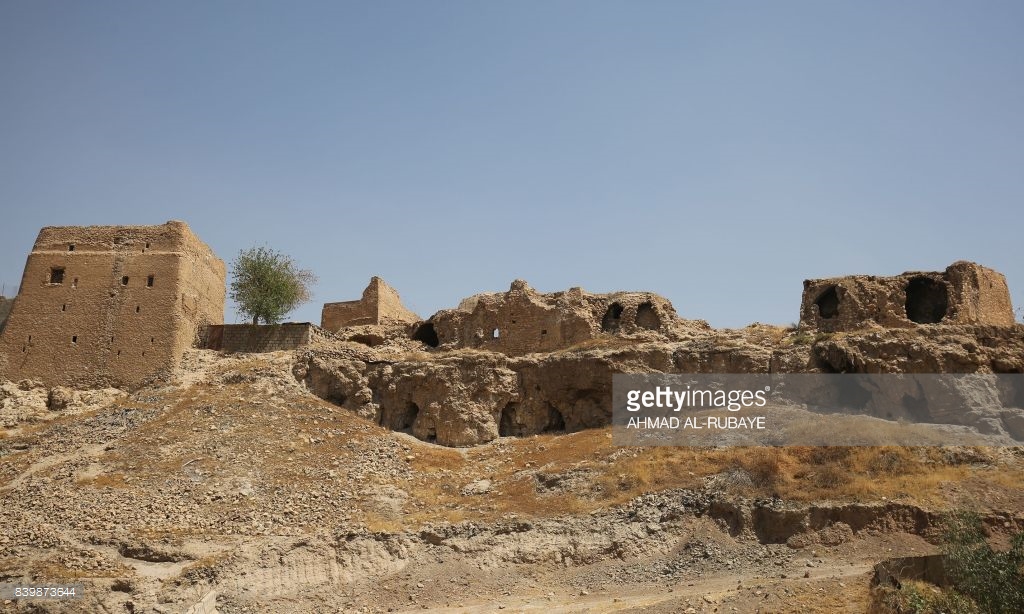
Damage to Tal Afar Citadel (Ahmad al-Rubaye/Getty Images; August 27, 2017)
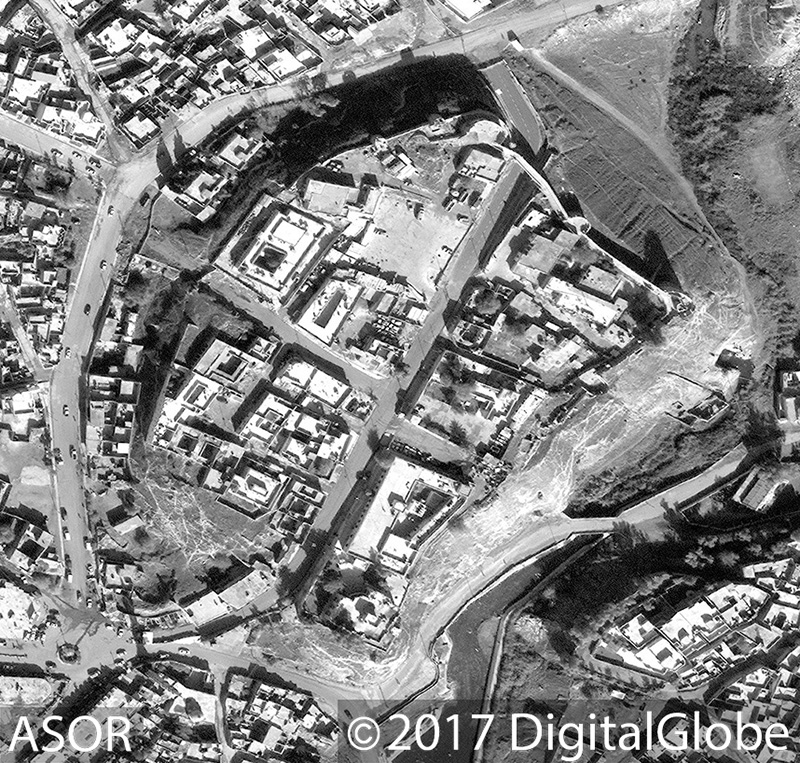
The citadel before its destruction (DigitalGlobe NextView License; November 19, 2014)
